Botswana has a history that spans from the ancient San people, who left behind thousands of rock paintings, to the modern democracy that emerged after independence from Britain in 1966. Botswana is home to many landmarks and monuments that reflect its historical and natural beauty. Here are some of the best ones to visit on a tour:
Tsodilo Hills
These are four rocky hills that rise from the Kalahari Desert in northwestern Botswana. They are considered sacred by the San and the Hambukushu people, who have lived in the area for centuries. The hills contain over 4,500 rock paintings that depict animals, humans, and geometric patterns.
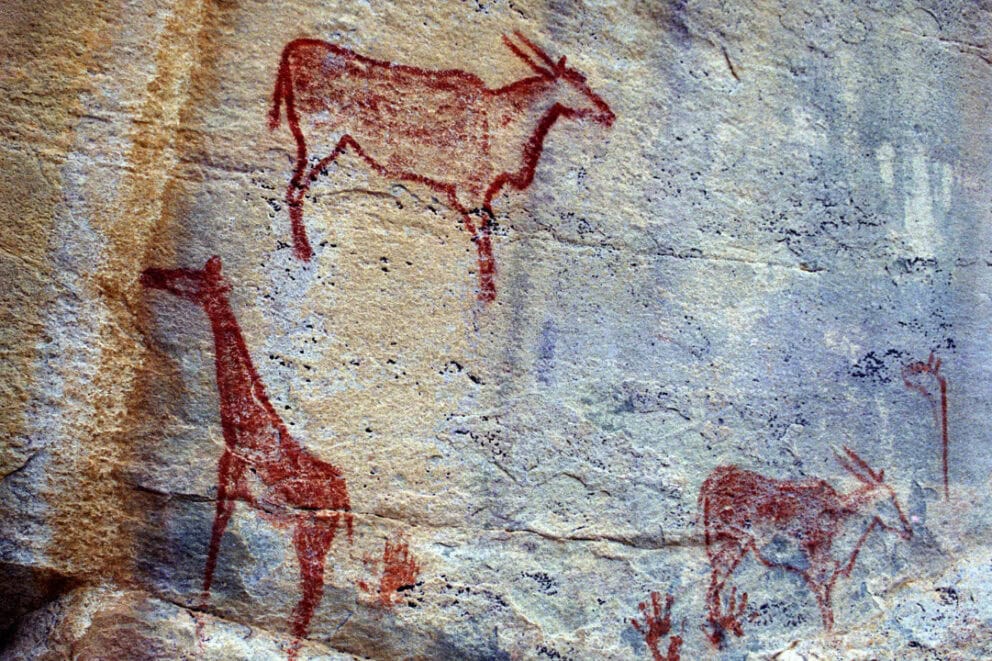
Tsodilo Hills are a UNESCO World Heritage Site and a national monument. They are known as the “Louvre of the Desert” for their artistic value and as the “Mountain of the Gods” for their spiritual significance.
You can camp near the hills and enjoy the scenic views and the starry nights and take a guided tour to learn about their history and culture from local guides.
Three Chiefs Statues
These are bronze statues of three paramount chiefs who played a key role in Botswana’s independence movement. They are Khama III of the Bangwato, Sebele I of the Bakwena, and Bathoen I of the Bangwaketse.
They travelled to Britain in 1895 to petition against the annexation of their lands by Cecil Rhodes’ British South Africa Company. Likewise, they also resisted the incorporation of Botswana into South Africa in 1951.

The statues are situated in front of the Parliament Building in Gaborone. They symbolize the unity and sovereignty of Botswana. You can visit the statues and learn more about their history and significance from informative plaques. You can also admire the architecture of the Parliament Building and the nearby National Museum.
Okavango Delta
This is a vast inland delta that covers about 15,000 square kilometers in northern Botswana. It is formed by the Okavango River, which flows from Angola and does not reach the sea, but instead spreads into a network of channels, lagoons, islands, and swamps.
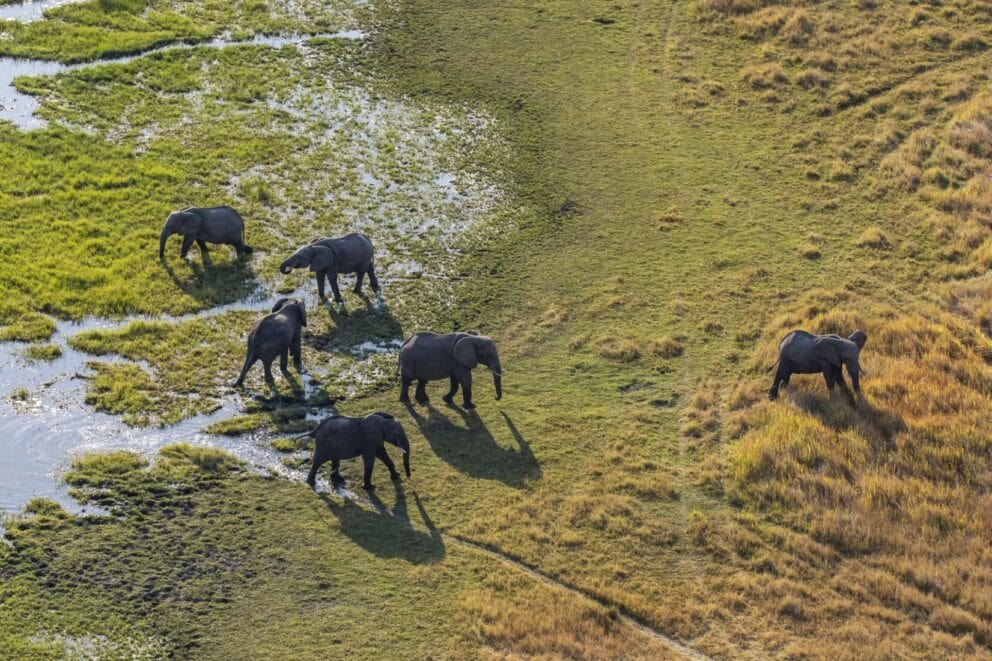
The Okavango Delta is also a UNESCO World Heritage Site and a Ramsar Wetland of International Importance. It is a natural wonder that attracts tourists and researchers from around the world.
You can take a tour of the delta and explore its wildlife and scenery by boat, mokoro safari (a traditional canoe), or on foot. The delta is a highlight of any Botswana safari.
Kgale Hill
This is a granite hill that overlooks Gaborone from the south. It is also known as “The Sleeping Giant” because of its shape that resembles a reclining person. It’s a popular hiking destination that offers panoramic views of the city and its surroundings.
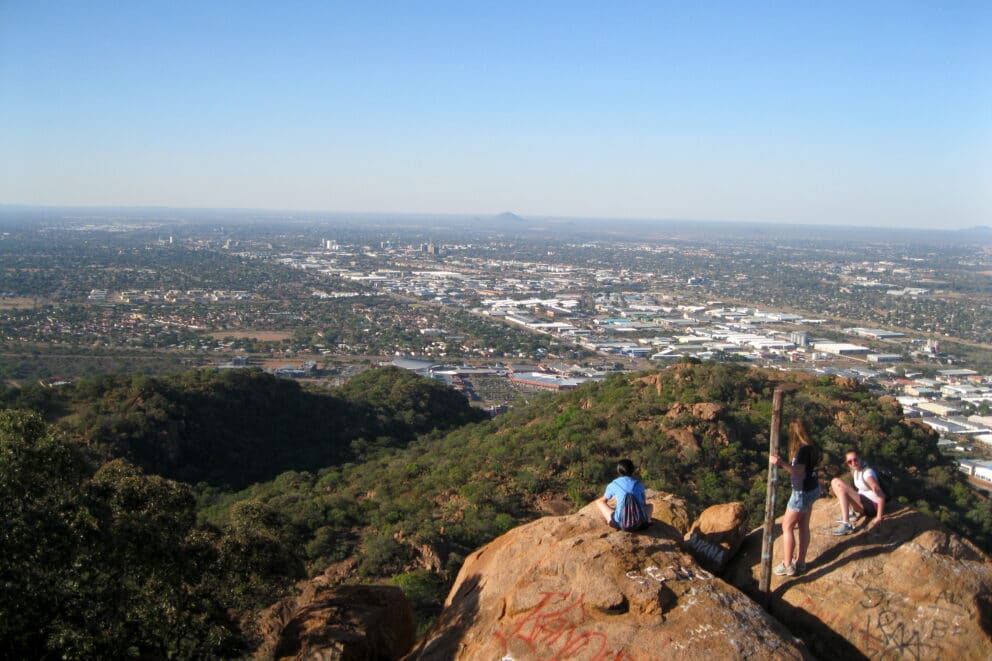
It’s also a historical site that was used as a lookout point during the wars between the Boers and the local tribes in the late 19th century. You can hike up to the summit of the hill and enjoy the views and the fresh air.
Gcwihaba Caves
These are limestone caves that are located in northwestern Botswana near the border with Namibia. They are also known as “Drotsky’s Caves” after Martinus Drotsky, a hunter who discovered them in 1934. The caves are home to various formations such as stalactites, stalagmites, flowstones, and helictites.
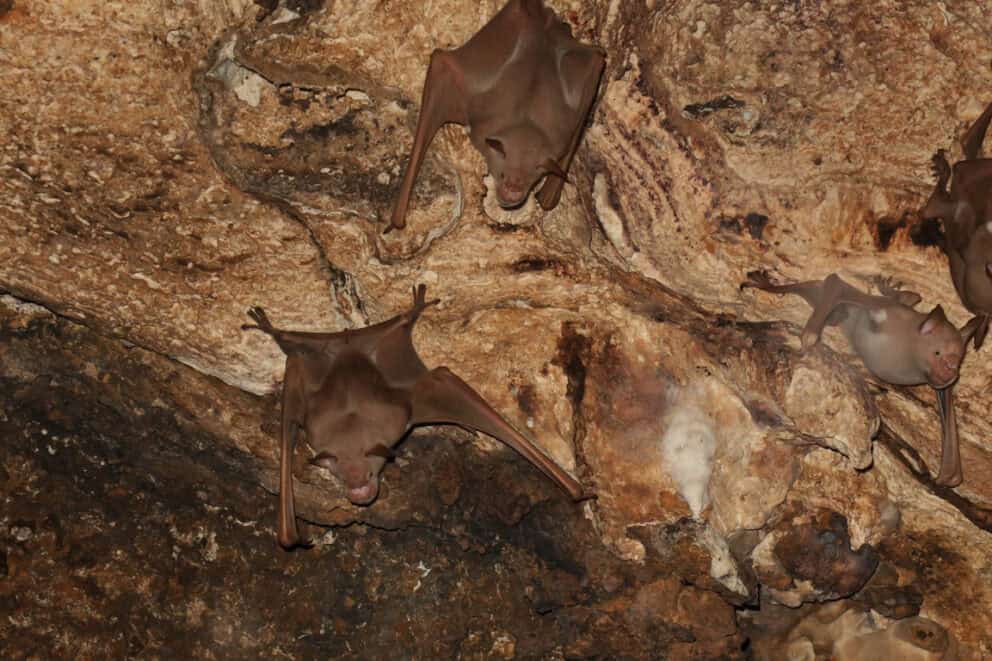
They also host colonies of bats and other animals that have adapted to the dark environment. The caves are a national monument and a potential World Heritage Site. You can take a guided tour of the caves and explore their natural wonder.
Conclusion
Botswana is a country that has preserved its traditions and values while embracing modernity and development. It’s a country that deserves to be discovered and appreciated.









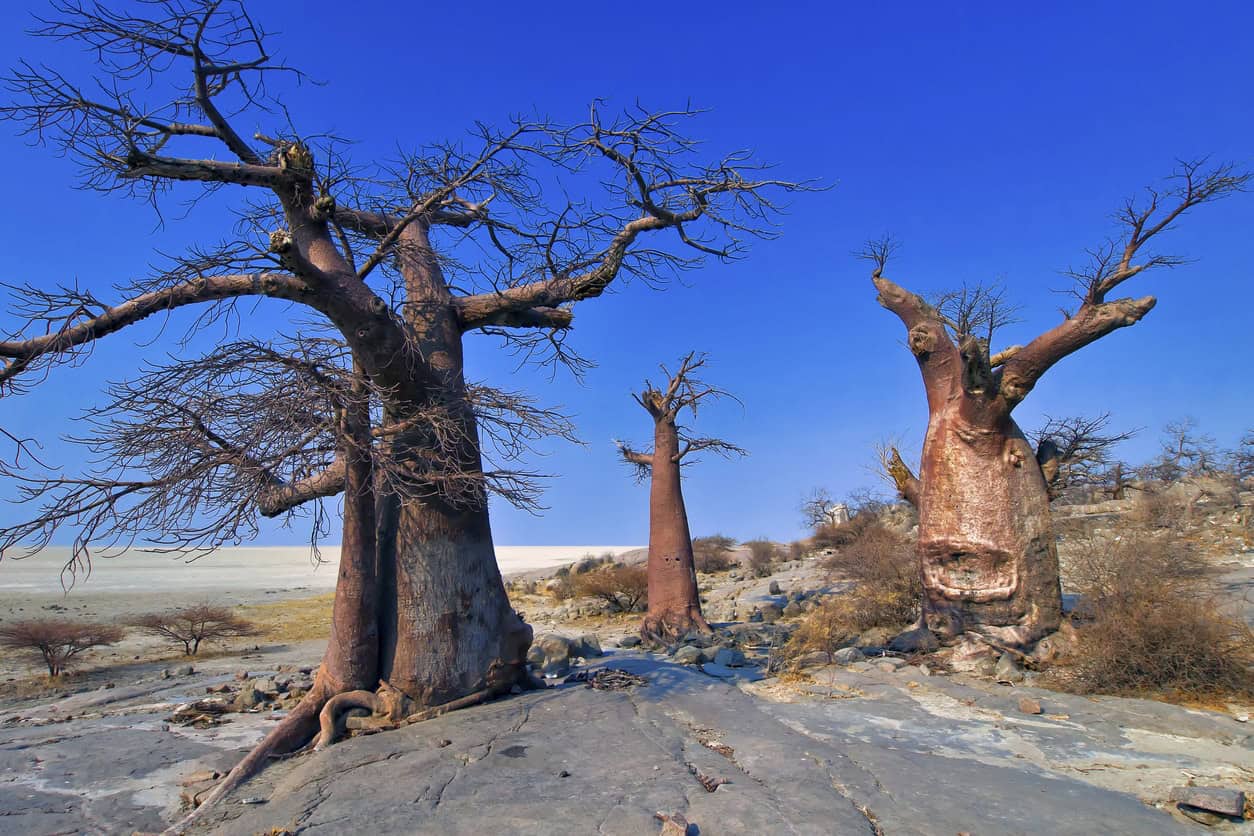
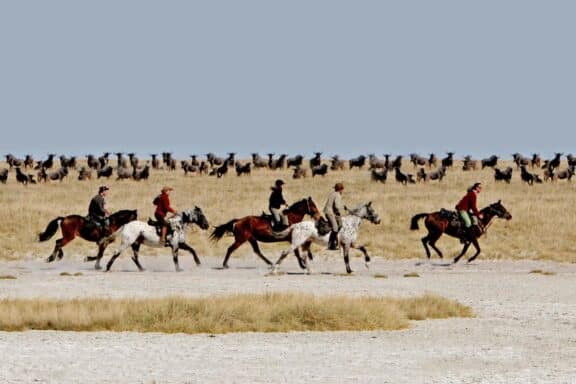
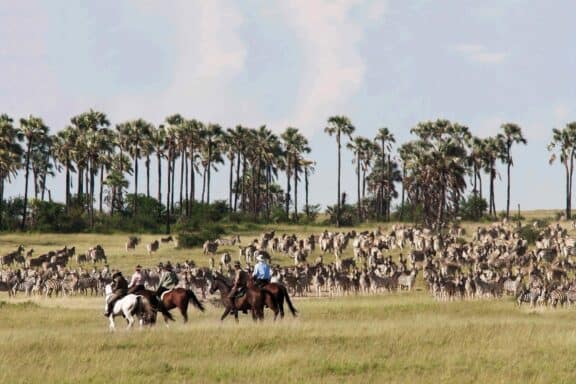
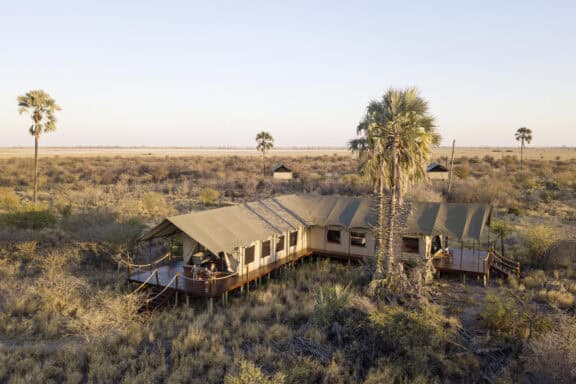
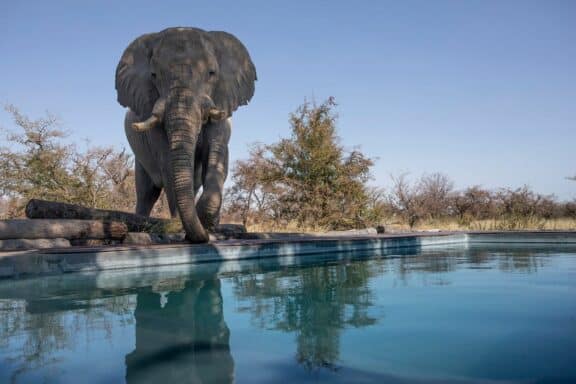

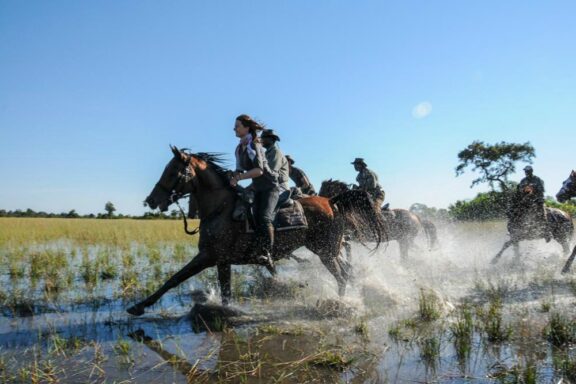
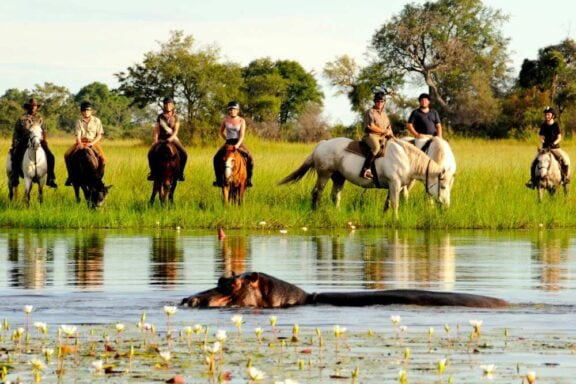
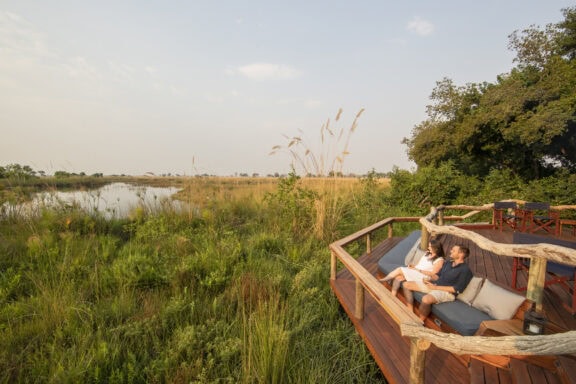
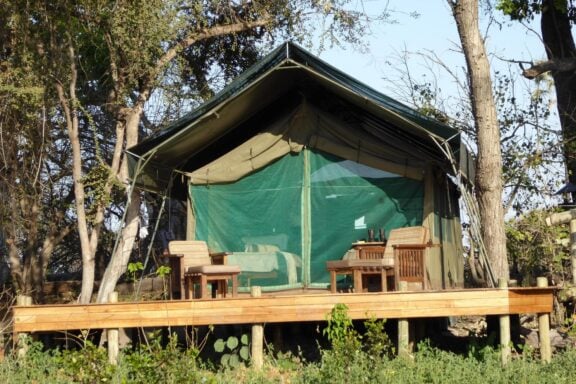
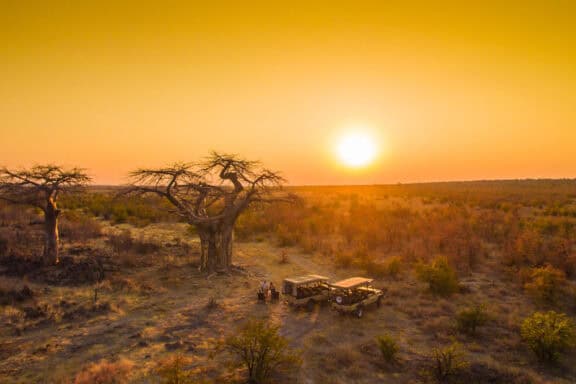
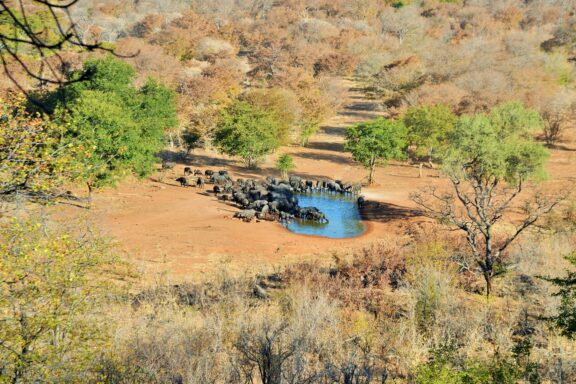

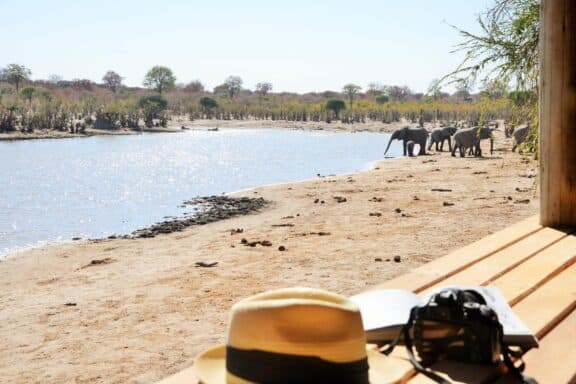


 Blog List
Blog List

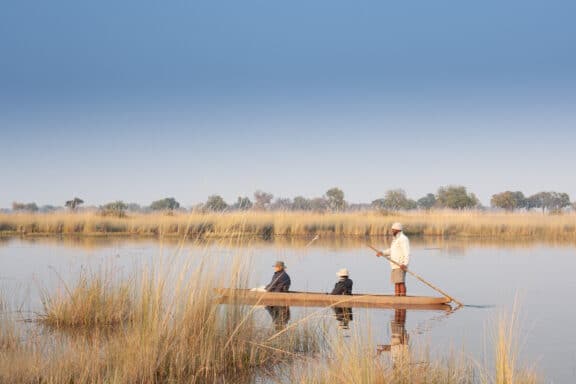
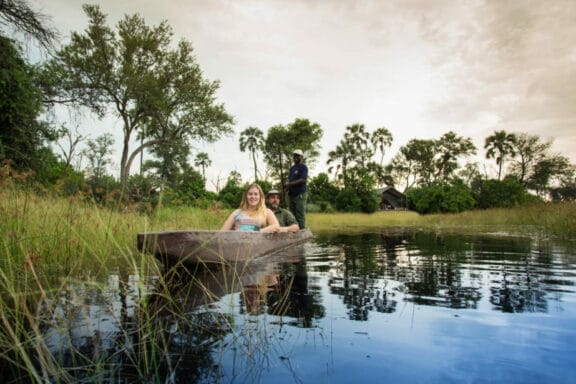
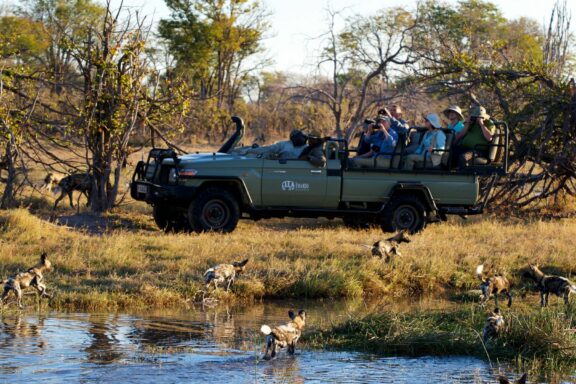
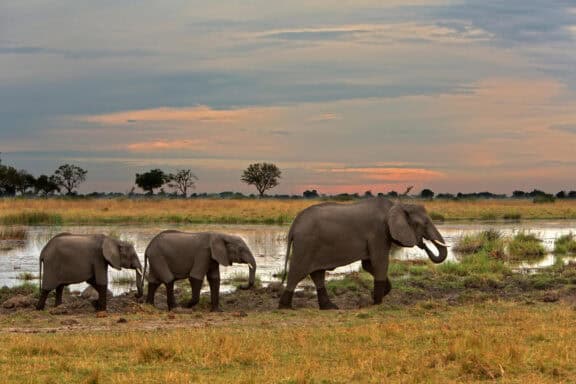
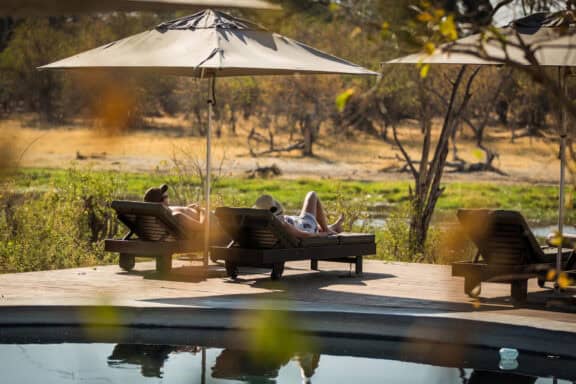
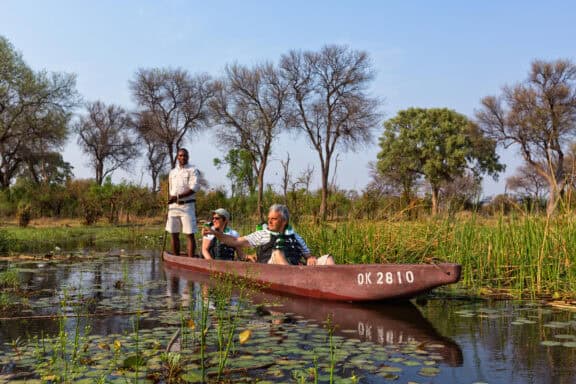
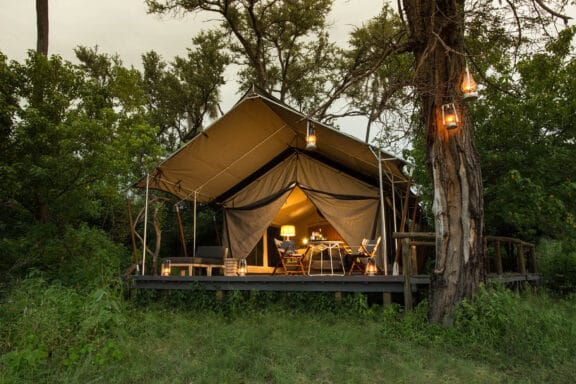
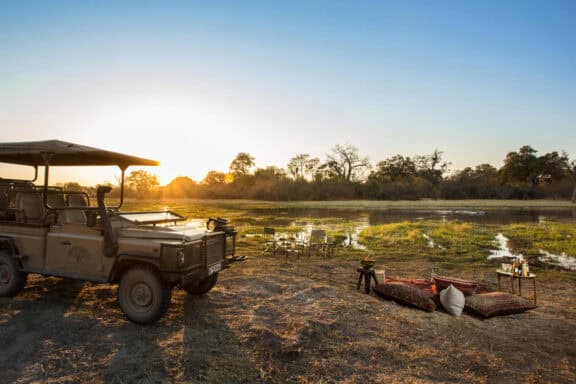

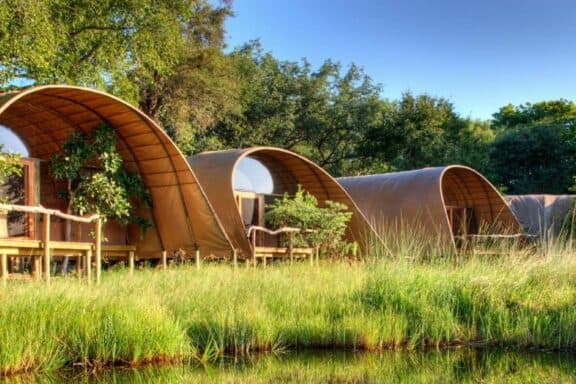
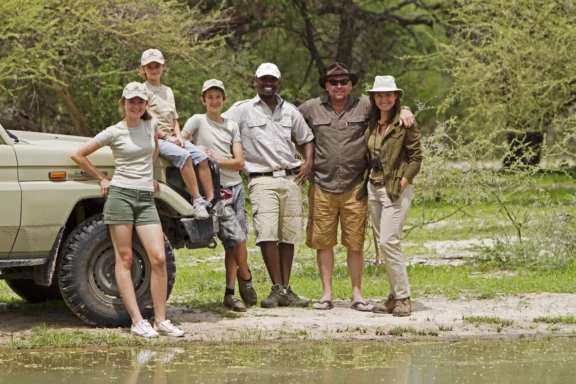
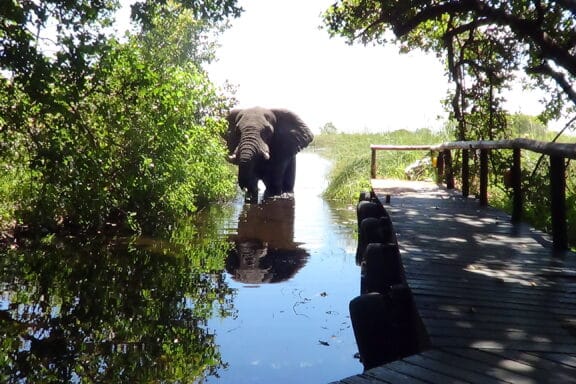








Written by Gavin Denner
• Travel Writer
Verified by Devryn Panaino
• Africa Safari Expert
Part of the Botswana Safari, Kalahari Safari, Gaborone Safari & Okavango Delta Safari Collections